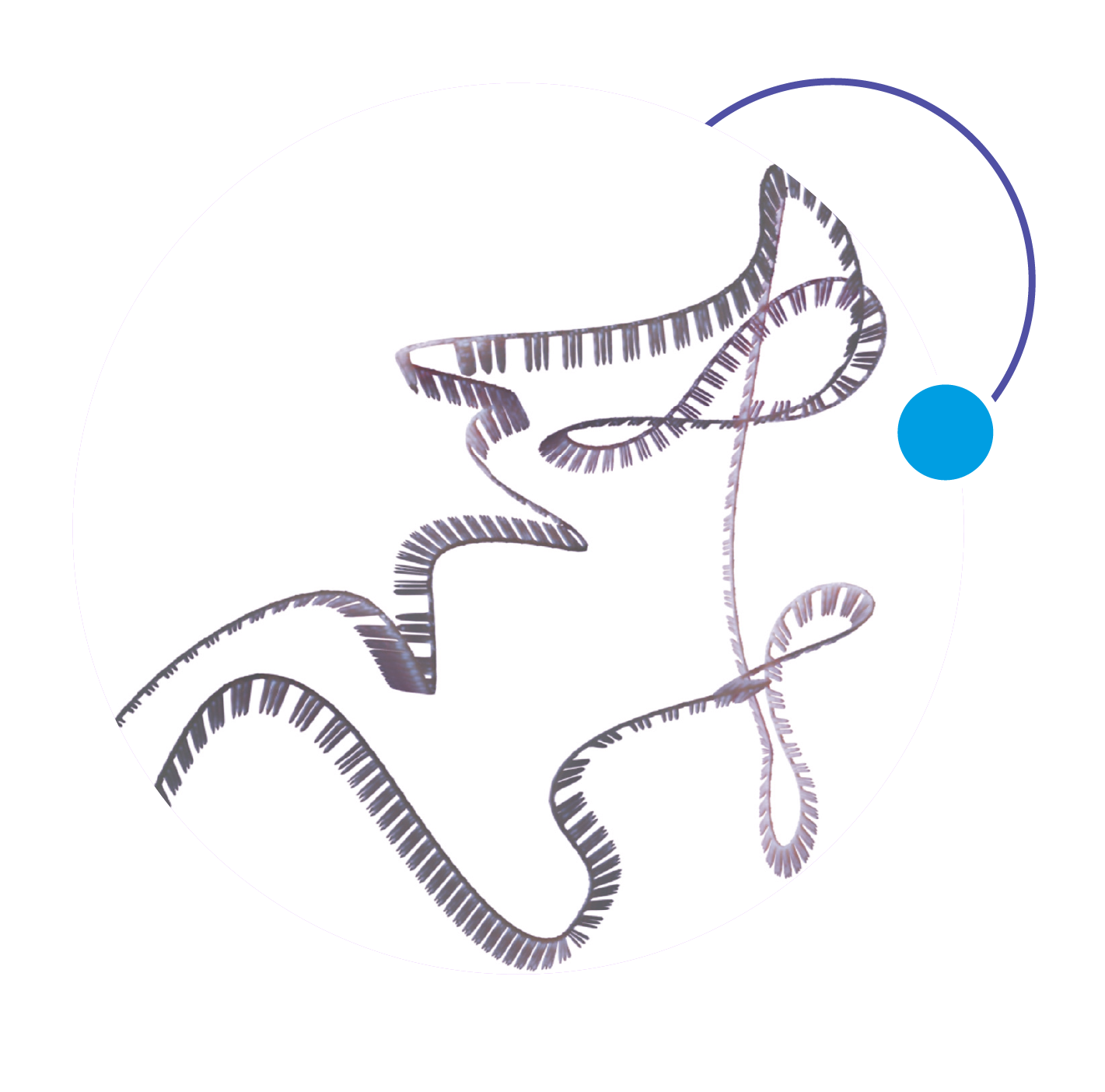WP1
Charting the epitranscriptomic landscape to identify novel cancer biomarkers
Objectives

Chart the cancer epitranscriptome landscape in primary and/or metastatic cancer tissues (PCa, glioma/ GBM)

Identify epitranscriptomic marks with biomarker properties for diagnosis, prognosis, monitoring or treatment prediction

Evaluate the biomarker potential of epitranscriptomic marks for use in liquid biopsies
Description
In WP1, we aim to interrogate the epitranscriptomic landscape of PCa, NB and GBM for novel biomarkers signatures and explore their utility as liquid biopsy biomarkers. We will identify epitranscriptomic signatures in major classes of cellular RNAs for the cancer types studied in this consortium (PCa, NB, GBM) by applying NGS-based techniques (RiboMethSeq, MeRIP-Seq/m6A-seq, m5C-RIP Sequencing), and mass spectrometry-based technologies (e.g. LC-MS/MS). For the detection of A-to-I editing changes, we will interrogate existing RNA-Seq data sets with specialised analysis algorithms.


The establishment of this “atlas” will enable the computational identification of the (co)-occurrence of epitranscriptomic signatures that reflect tumour types and stages. Epitranscriptomic signatures will next be linked to the published genetic, transcriptomic and metabolomic signatures of these tumours to identify alterations in readers, writers, erasers or modulators of epitranscriptomic marks that would alter their function or expression.
DC2, DC4, and DC13 will aim to characterise and compare the epitranscriptomic landscape in primary and metastatic PCa focussing on different epitranscriptomic marks, i.e. A-to-I (DC2), m5C (DC4), and Nm (DC13) using appropriate NGSbased and computational techniques. DC3 will identify tumour-specific epitranscriptomic biomarker signatures by LC-MS/MS (current method comprises 40+ marks) for diagnosis and prognosis in glioma/GBM focussing on m6A. DC8 will search for predictive m6A biomarkers in NB and DC14 will identify a rRNA Nm signature as marker of glioma subtypes and GBM subcellular population. DC5 will look for epitranscriptomic biomarkers predicting tumour response to treatment from within the tumour microenvironment. DC6 and DC9 will focus on the comparison and cross platform validation of signatures for individual promising biomarkers (ONT Long-read sequencing, Specialised RNA-Seq, LC-MS/MS) and test potent candidates using liquid biopsy protocols optimised for the detection of epitranscriptomic marks developed in WP2. DC6, DC9 and DC10 will focus on the development of computational algorithms and pipelines for biomarker detection and evaluation in liquid-biopsy. DC11 and DC12 will generate catalogues of translated epitranscriptome mutations and potential immunogenic neoantigens to investigate their impact on epitranscriptome regulation and function, and provide a source of novel biomarkers or therapeutic targets.



